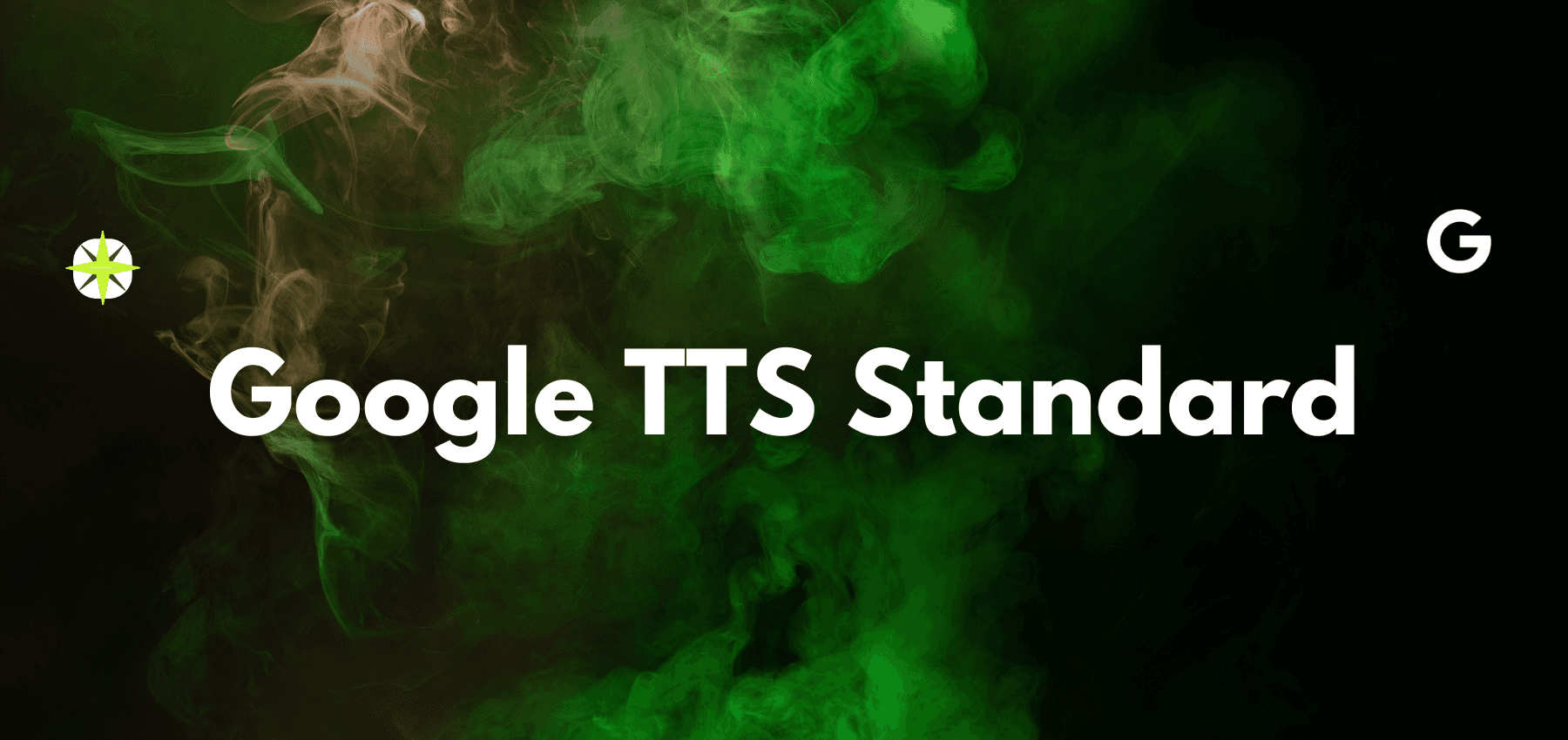
Google TTS Standard
Google Cloud Text-to-Speech Standard – versatile, cost-effective speech synthesis.
Overview
Google Cloud Text-to-Speech (TTS) Standard voices offer a foundational solution for converting written text into spoken words. Designed to support a broad spectrum of applications, these voices provide a balance between quality and affordability, making them suitable for various use cases across different industries. Standard voices are part of Google's extensive TTS offerings, which also include higher-fidelity options like WaveNet and Neural2 voices.
Capabilities
Language and Voice Variety: Supports multiple languages and dialects, offering a range of male and female voices to cater to diverse user preferences.
Customization: Allows adjustments to speaking rate, pitch, and volume through Speech Synthesis Markup Language (SSML) tags, enabling tailored speech outputs.
Integration Flexibility: Provides RESTful API access, facilitating seamless integration into various platforms and applications.
Key Benefits
Cost-Effectiveness: Offers a budget-friendly solution for text-to-speech needs, with pricing based on usage, making it accessible for projects of varying scales.
Scalability: Capable of handling large volumes of text-to-speech requests, suitable for both small applications and large enterprises.
Reliability: Backed by Google's robust infrastructure, ensuring consistent performance and uptime for critical applications.
How it works
Text Input: Users input the desired text into the Google Cloud TTS API through applications or services.
Text Processing: The API processes the input text, converting it into a phonetic representation.
Synthesis: Utilizing concatenative synthesis techniques, the system assembles pre-recorded speech segments to generate the corresponding audio output.
Audio Output: The synthesized speech is delivered in the specified audio format, such as MP3 or WAV, ready for playback or integration into applications.
Usage Scenarios
Accessibility Tools: Enhances applications for individuals with visual impairments by converting on-screen text to speech, improving information accessibility.
Educational Applications: Assists in language learning and literacy programs by providing auditory feedback, aiding in pronunciation and comprehension.
Customer Service Systems: Powers interactive voice response (IVR) systems, delivering automated responses to customer inquiries efficiently.
Content Creation: Enables the generation of audio content for podcasts, audiobooks, and other media, expanding content accessibility.
Conclusion
Google Cloud Text-to-Speech Standard voices provide a reliable and economical solution for converting text into natural-sounding speech. With support for multiple languages and customizable features, they are well-suited for a variety of applications, from accessibility tools to customer service systems. By leveraging these standard voices, developers can enhance user engagement and accessibility in their applications, delivering a more inclusive and interactive experience.
For a practical demonstration of Google Cloud Text-to-Speech capabilities, you might find this video insightful:
Convert Text To Real Human Speech With Google Cloud Text-to-Speech









